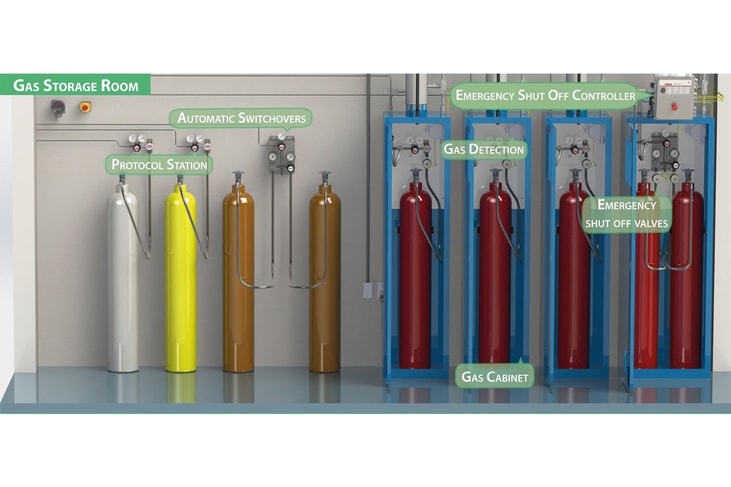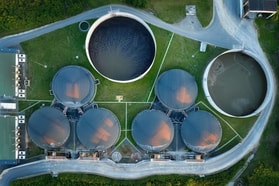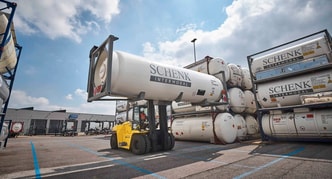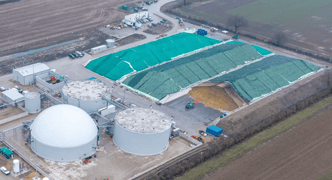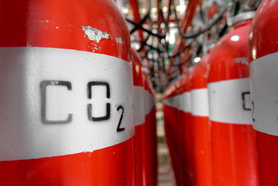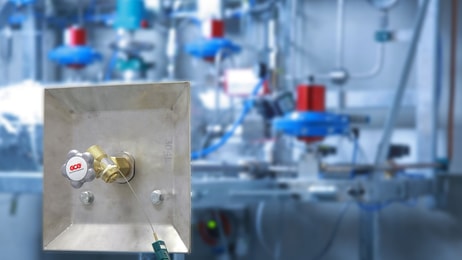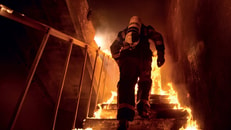The blueprint for safety and compliance – Designing flammable and oxidising gas systems for medical facilities
The design of traditional medical facilities is rapidly changing in response to the evolution of medical technology and methods of patient care. An increasing number of facilities are expanding the scope of their research, requiring fundamentally different laboratory configurations and instruments to those found in typical medical applications.
As a result of these diversified applications like gas chromatography and atomic absorption spectroscopy, flammable and oxidising pure gas and gas mixture use is quickly growing. This poses a challenge to those designing gas delivery systems in order to provide safe, compliant supply of flammable and oxidising compressed gas while maintaining gas purity in the most efficient manner possible.
In the US, the safety and compliance of traditional medical gas systems is governed by NFPA 99, narrowly detailing how to design a hospital medical pipeline for each specific gas. With flammable and oxidising gases, however, there is not a single governing standard. Rather, guidelines must be integrated from multiple sources providing insight into different parts of the system.
... to continue reading you must be subscribed

